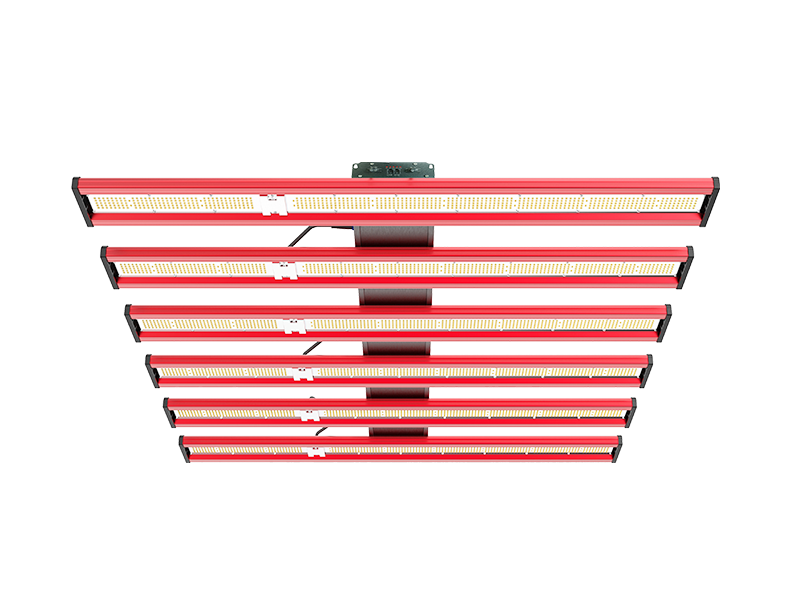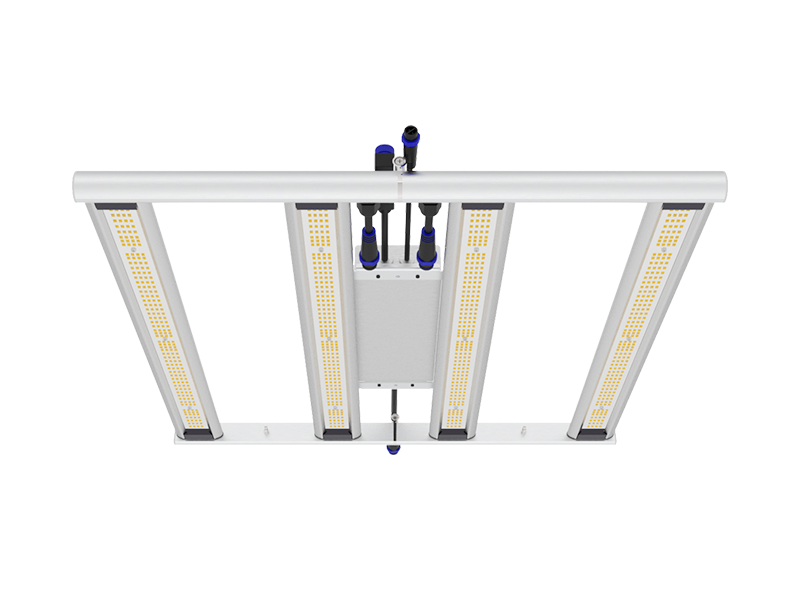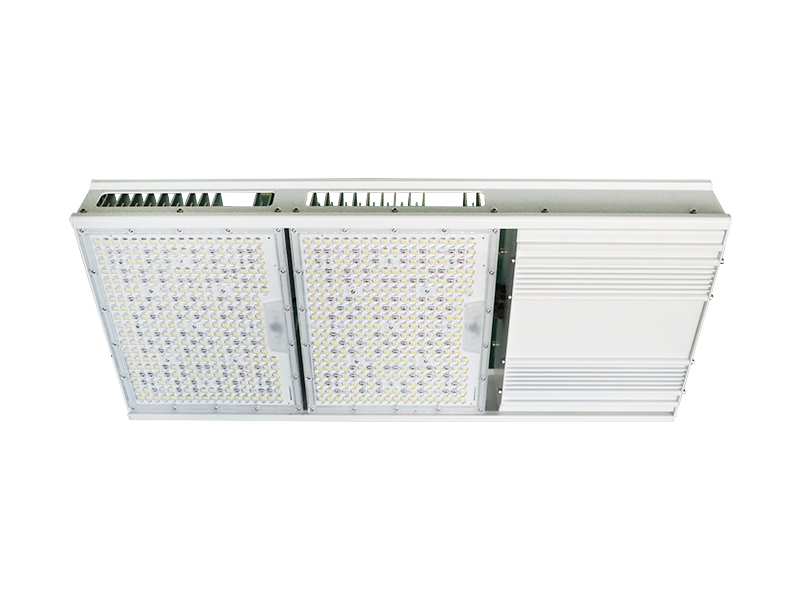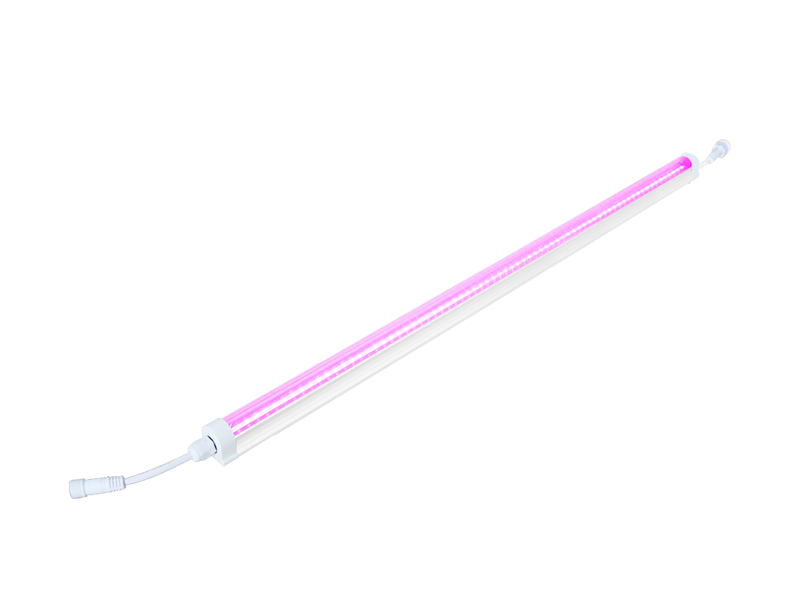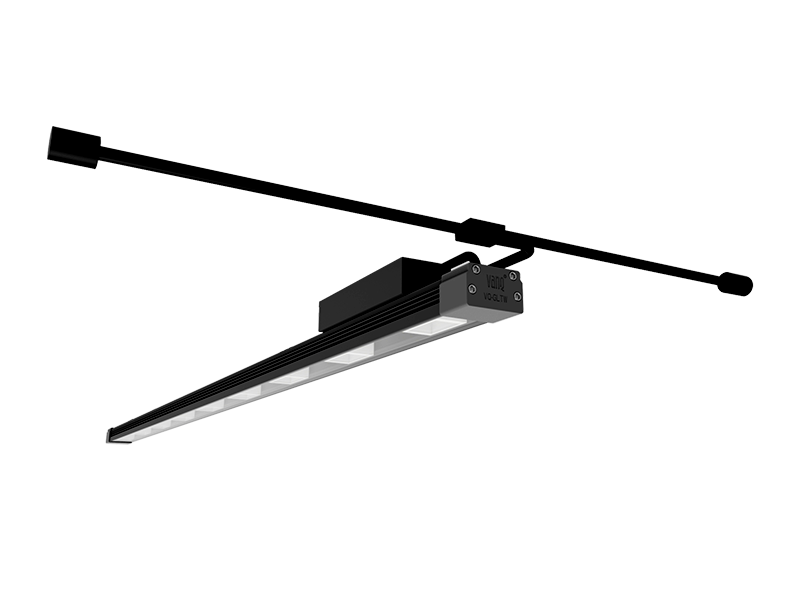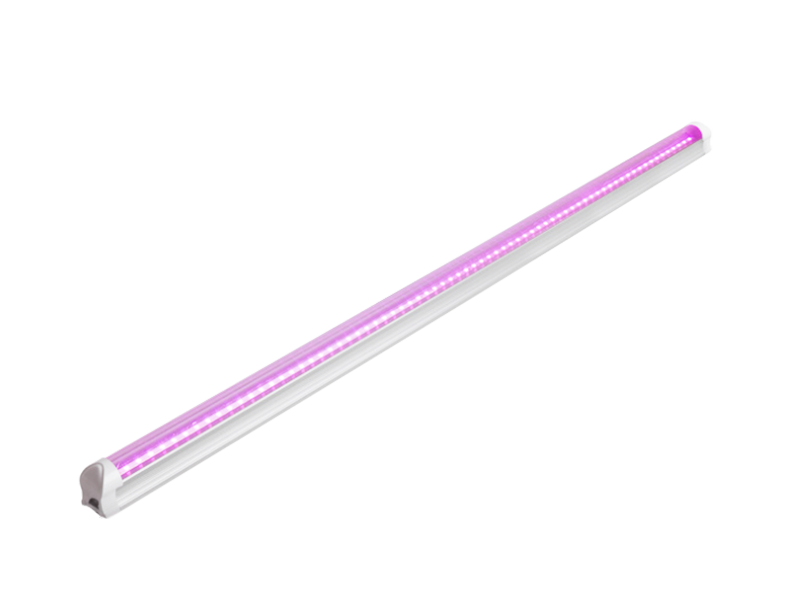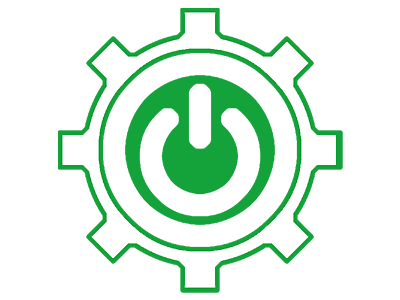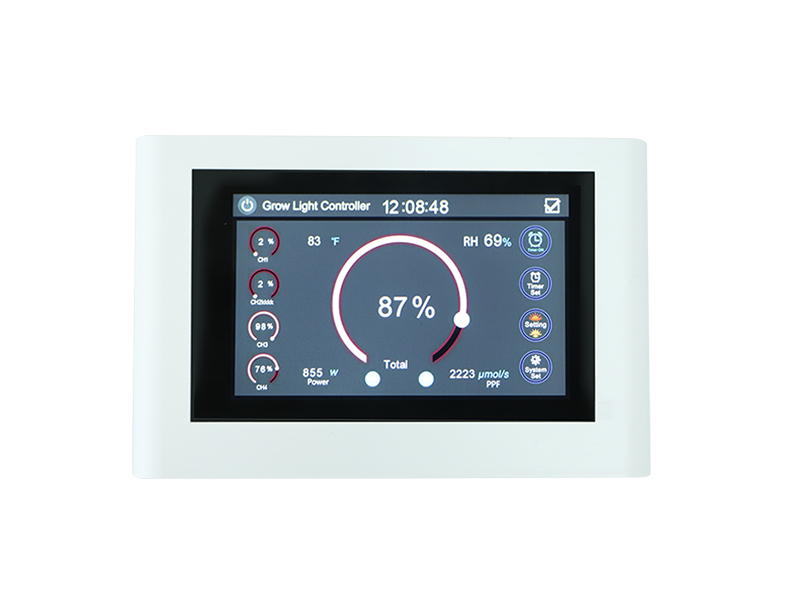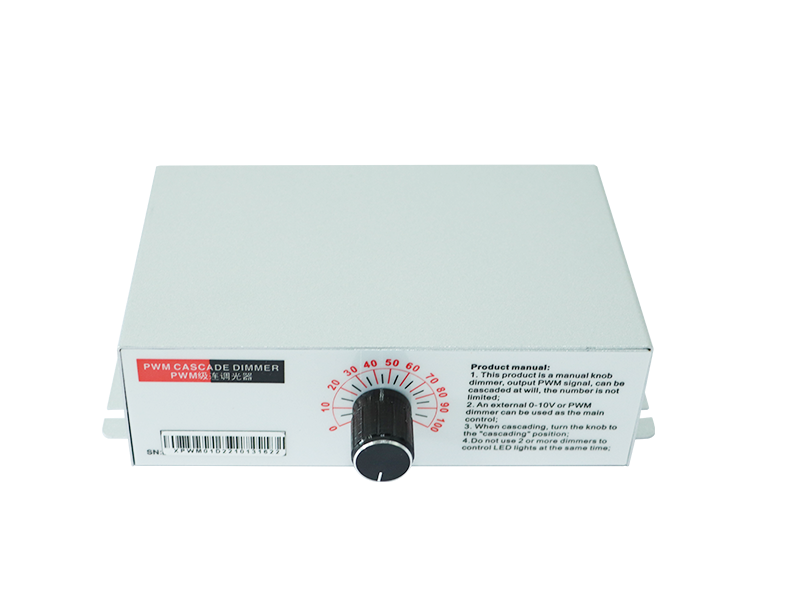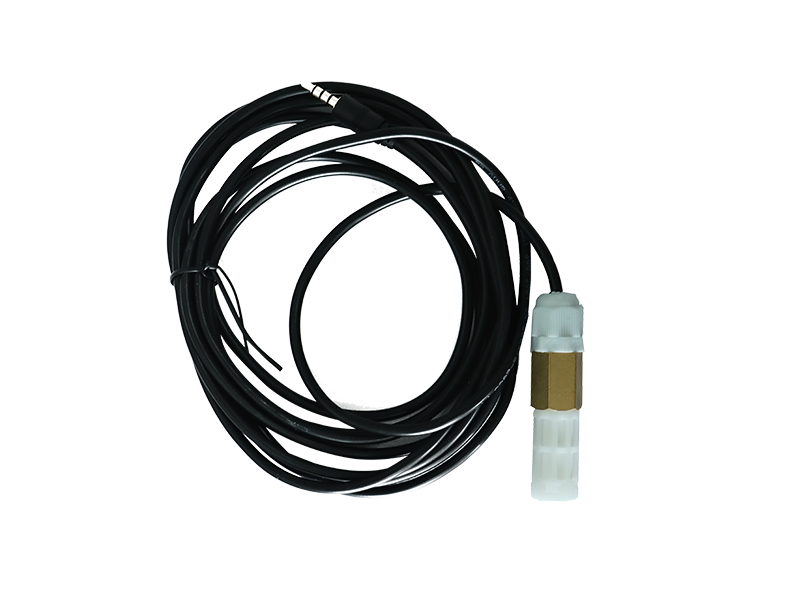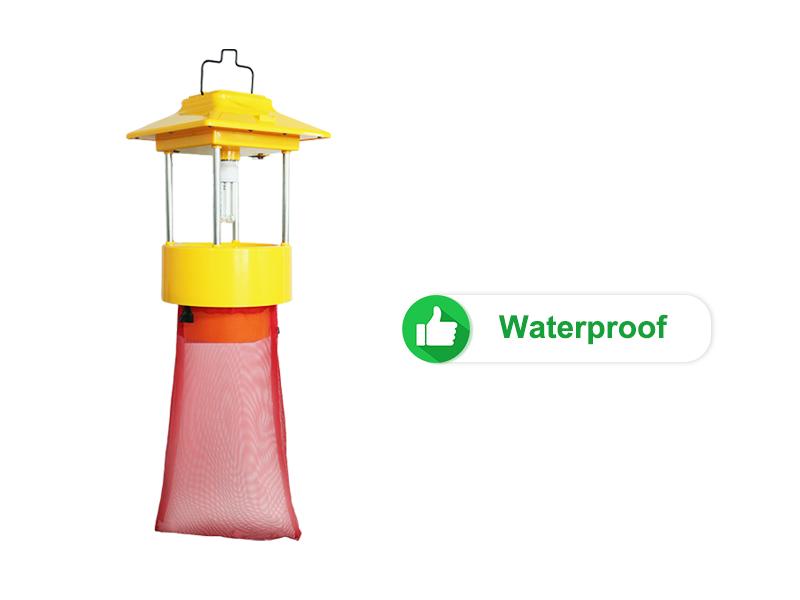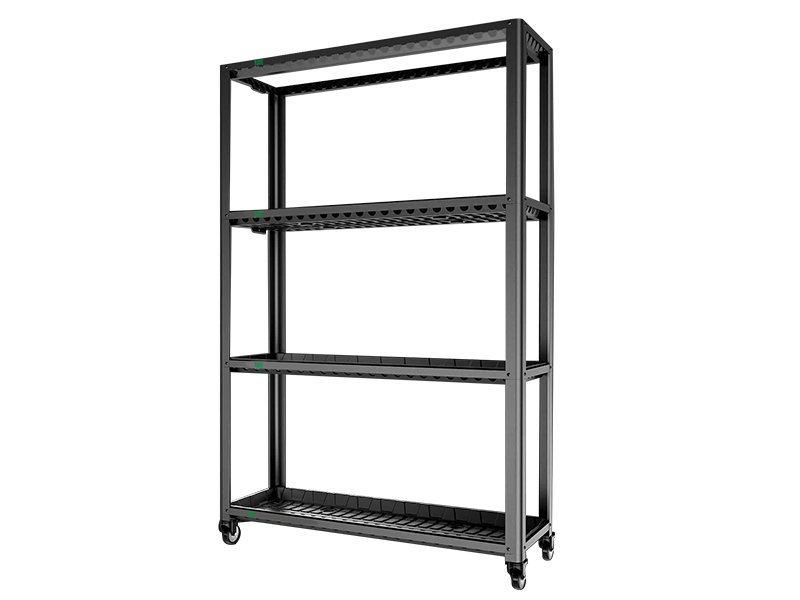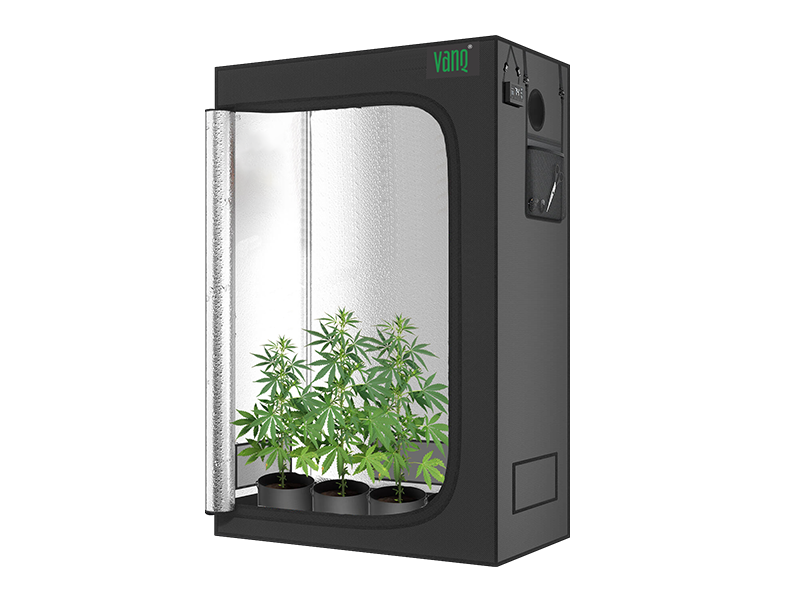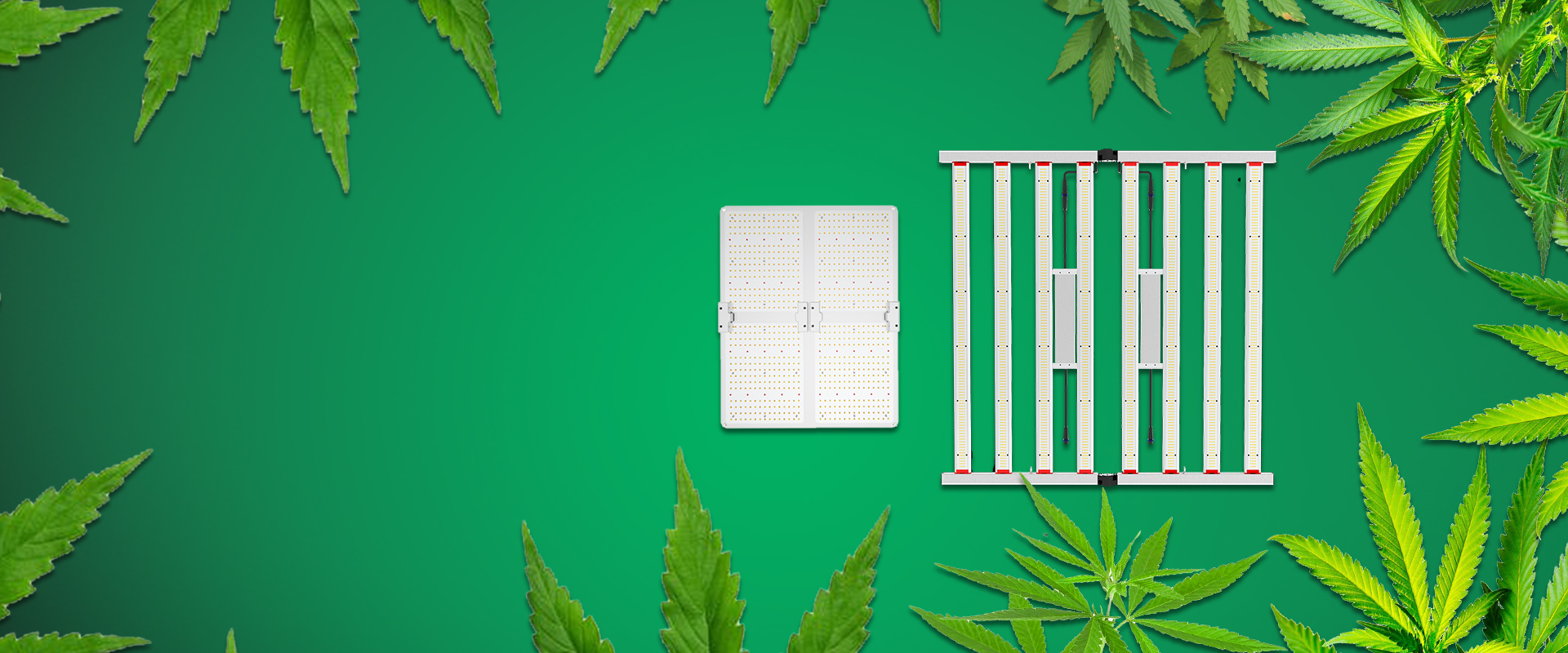When the leaves on a cannabis plant start to turn yellow, many growers may be wondering, “What went wrong again?” Don’t nervous, this is not a personal failure on your part, but a very common problem when growing cannabis. Next, we will find out why the cannabis you have worked so hard to cultivate has yellow leaves, and tell you how to deal with it.
When the leaves of a cannabis plant turn yellow, it's usually the plant's attempt to tell us that something is wrong. This can be caused by nutritional deficiencies, irrigation problems, inappropriate lighting conditions, diseases and insect infestations, or environmental factors.
Common cause analysis
Nutritional deficiencies: Yellow leaves are often a sign of nutritional deficiencies. When elements such as nitrogen, phosphorus, and potassium are insufficient, plants will absorb nutrients from old leaves, causing the leaves to turn yellow.
Irrigation Issues: Water is the source of life, but too much or too little is not good. Continuous exposure to too much moisture at the roots can cause the roots to be unable to breathe, while insufficient water can dehydrate the plant.
Light conditions: Light is crucial to the growth of cannabis. Improper light will hinder the photosynthesis of the plant and cause the leaves to turn yellow.
Diseases and Pests: Attacks by viruses, bacteria or pests can cause leaf damage, manifested as yellow leaves.
Environmental factors: Unsuitable temperature or humidity can also affect the normal growth of cannabis plants, causing leaves to become discolored.
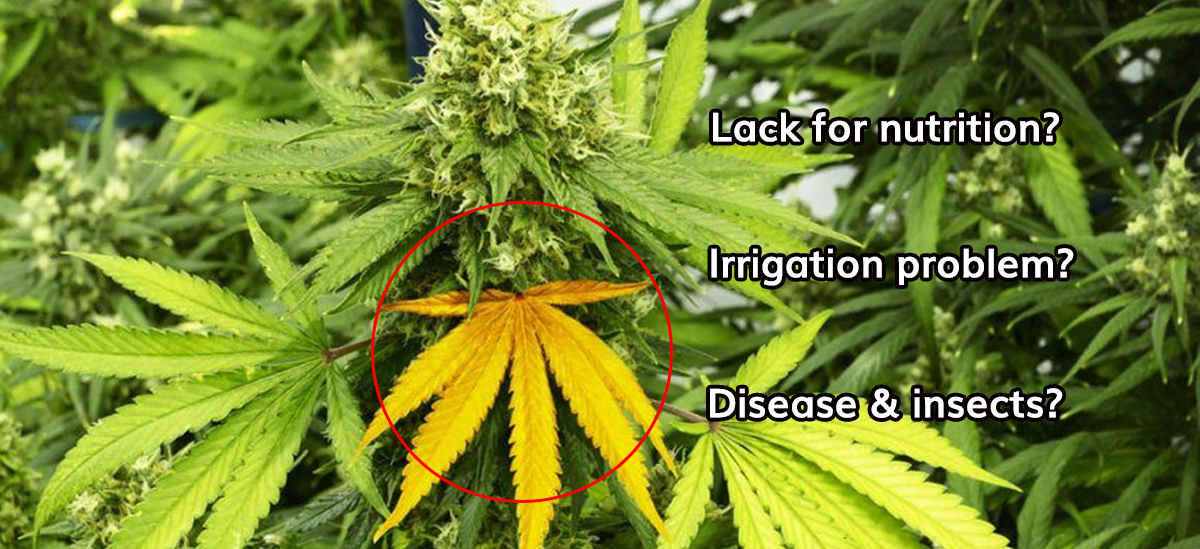
Solutions to common problems:
1. Solutions to nutritional deficiencies
Identify specific deficient elements: Use specific symptoms on the leaves (such as nitrogen deficiency, which often causes yellowing of older leaves) to determine which nutrient is missing.
Use a complete nutrient fertilizer: Choose a complete nutrient fertilizer that contains essential trace elements and apply it at the recommended rate and frequency.
Soil pH management: Maintain soil pH within a suitable range (usually 6.0-7.0) to promote plant absorption of nutrients.
2. Solutions to Irrigation Problems
Reasonably arrange the irrigation plan: adjust the amount of water according to the growth stage of the plant and the surrounding environmental conditions to avoid over-irrigation.
Improve drainage: Make sure the planting container or planting area has a good drainage system to prevent the roots from being too wet for a long time.
Use a moisture meter: Check soil moisture regularly for more precise control of irrigation.
3. Solutions for lighting conditions
Adjust light intensity and cycle: According to the growth stage of cannabis, adjust light intensity and lighting time to ensure that the plant receives appropriate light.
Use high-quality grow lights: Invest in high-efficiency LED grow lights that provide full-spectrum light and simulate the effects of natural light.
Regularly adjust the position of the plants: ensure that the plants receive even light and avoid local yellow leaves caused by shadows.
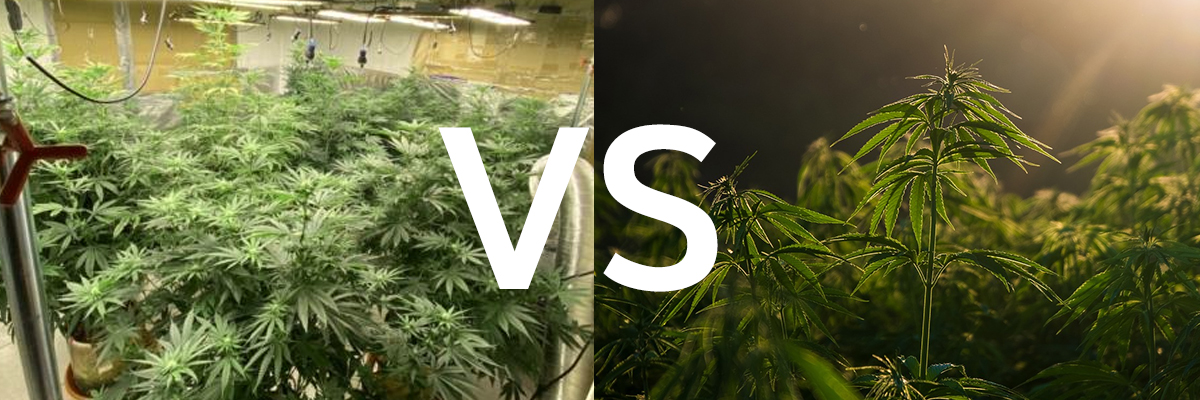
4. Disease and Pest Solutions
Check your plants regularly: Carefully inspect your plants' leaves, stems, and roots regularly to detect early signs of disease and insect infestation.
Use biological control methods: Use natural enemies (such as ladybugs against aphids) or biofungicides to reduce the use of chemical pesticides.
Isolate affected plants: Once a disease or insect infestation is discovered, affected plants should be isolated immediately to prevent the spread.
5.Regulation of environmental factors
Control of temperature and humidity: Use a thermometer and hygrometer to monitor environmental conditions, and use equipment such as air conditioners, humidifiers or dehumidifiers to keep the environment in optimal condition.
Ventilation: Maintaining good air circulation can help control temperature and humidity while reducing the occurrence of disease.
Plants can prevent diseases and insect pests and maintain stable environmental conditions, which can effectively avoid yellow leaves.
Yellow leaves on your cannabis plant is a complex phenomenon that may have several causes behind it. With careful observation and correct diagnosis, appropriate measures can be taken to restore the plant's health. If you are having trouble dealing with yellow leaves or would like to learn more about how to optimize growing conditions for your cannabis plants, you can contact us today by clicking on the box below.


